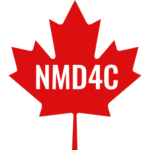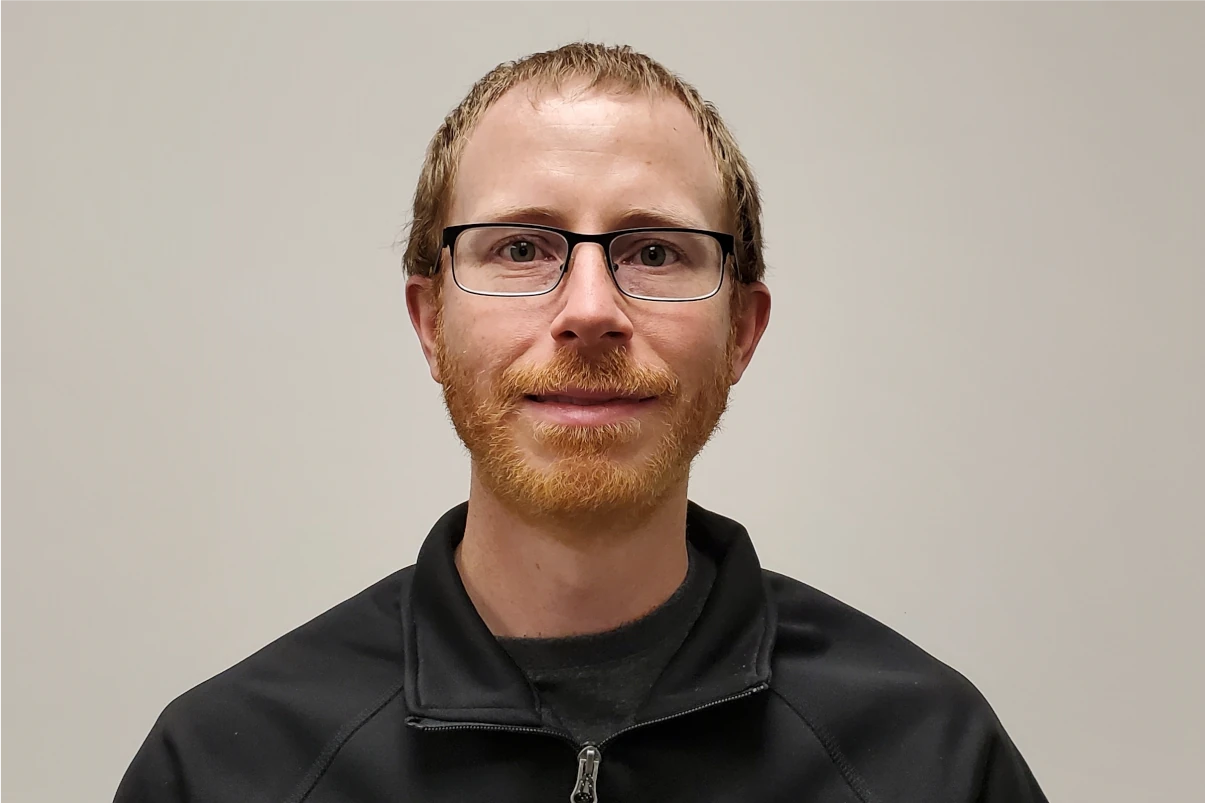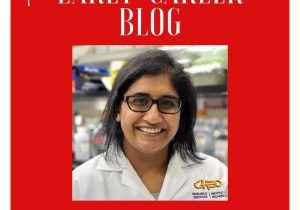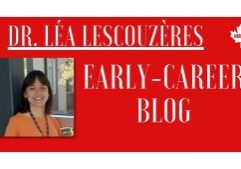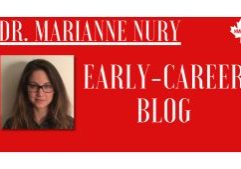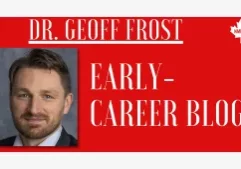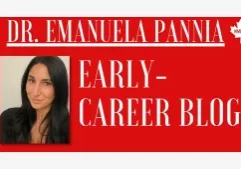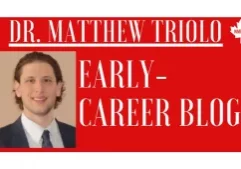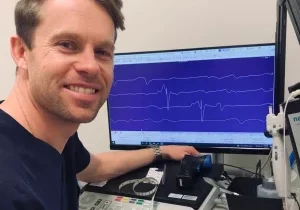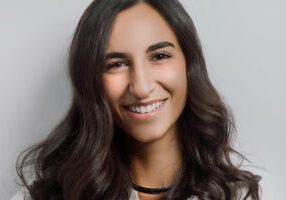Dr. Ian Smith’s Early Career Blog
About Dr. Ian Smith
Dr. Ian Smith is a Clinical Research Associate at the Ottawa Hospital Research Institute in Ottawa, Canada. He completed his PhD in Dr. Russell Tupling’s lab at the University of Waterloo where he investigated calcium signaling in muscle contraction. He spent the next several years performing multiscale investigations of neuromuscular contractile function as a postdoctoral fellow in Dr. Walter Herzog’s lab at the University of Calgary. He is currently leading multiple translational research projects in a wide variety of neuromuscular conditions at The Ottawa Hospital’s NeuroMuscular Centre, including work on the CIHR-funded BIND Study: Assessing the Indirect Socio-Economic Burden of Inherited Neuromuscular Diseases.
The goal of this work is to facilitate rare disease diagnosis, develop more effective monitoring of neuromuscular disease progression and treatment response.
Dr. Ian Smith's Blog
Muscles are amazing things. From a young age, we understand that our muscles are important. They help us do the things we want to do, and having big muscles means we are stronger and can do more things. I’m not sure when I moved beyond this level of understanding, but grade 11 biology was definitely a turning point. I was always a good student, but after learning rote memorizing the structures and events involved in muscle excitation-contraction coupling, I realized that bodily processes are far more complicated than I had ever imagined, and that physiology and pathophysiology are fascinating topics. This realization, coupled with my interest in physical activity and health, led me to the Kinesiology program at the University of Waterloo. I became curious about research opportunities and began a 4th year thesis in a calcium signaling and metabolism lab where I helped develop a new plate reader technique and photometric assay. Around the same time, a retired professor offered me a casual job clearing his data backlog. This unexpected opportunity bolstered my statistical, analytical, and graphing skills, which I still consider to be among my strengths. I leveraged my experiences into a Masters position at Brock University examining contractility of a mouse model of Duchenne muscular dystrophy. As a doctoral student, I designed an apparatus and procedure to probe calcium kinetics during muscle contraction with high fidelity. My accomplishments as a doctoral student were recognized with the Governor General’s Gold Medal in 2014. My postdoc at the University of Calgary was a rich opportunity to explore neuromuscular function from the level of contractile proteins all the way up to the whole human. My doctoral and postdoctoral supervisors gave me enormous freedom to develop my own research program, to build a network of collaborators, and to design and supervise projects for more junior scientists. The pandemic was an unsubtle nudge towards writing the unfinished papers that I had accumulated over the years. I also took a foray into computer modeling and simulations to answer some questions that could not be approached experimentally, resulting in a brand new way of assessing muscle force output (paper under review).
After several years as a postdoc (now with 3 young children, the eldest beginning school) it was time for a change. My family and I decided to move to Ottawa to be closer to family. I have long been aware of and intrigued by the strength of neuromuscular research in Ottawa, and the NeuroMuscular Centre at The Ottawa Hospital in particular. Since starting at the NeuroMuscular Centre, I have learned a lot about working in a clinical and hospital environment, translational research, and how to juggle competing priorities. I am excited to contribute to translational work that directly improves outcomes for people with neuromuscular conditions.
My advice to students starting out in research: 1) Success snowballs - get rolling early by seeking out and saying yes to opportunities and responsibilities that will lead to grants, 2) Aim to become independent, and choose advisors that will nurture this goal, 3) Plan research programs like dinner;: take risks, but you need staples to get you through unpalatable results.
I cannot overstate how helpful all my mentors have been in my career and I am grateful to all of them (Drs. Tupling (BSc, PhD), Green (BSc, MSc), Vandenboom (MSc, PhD), Herzog (Postdoc), MacIntosh (Postdoc), and now Warman).
